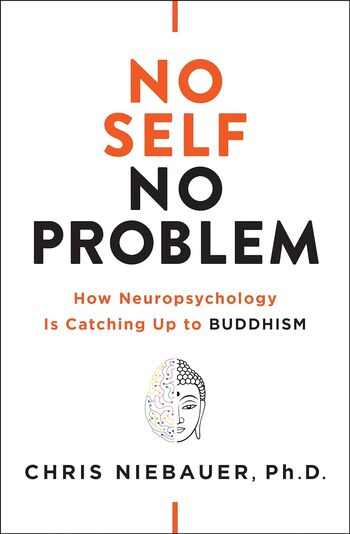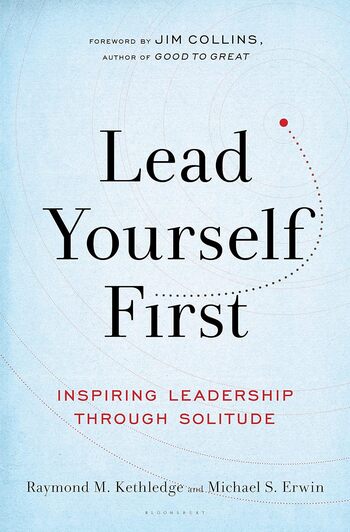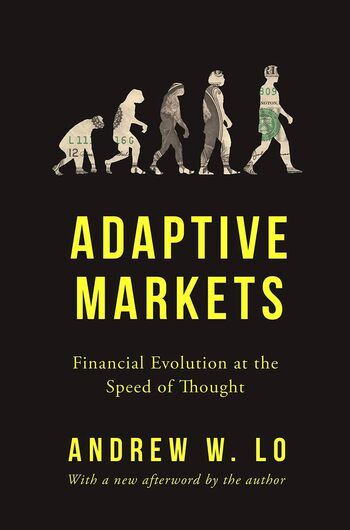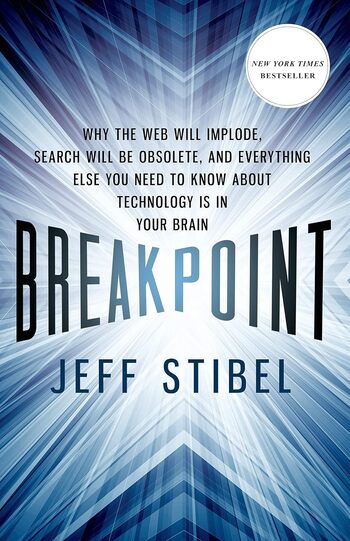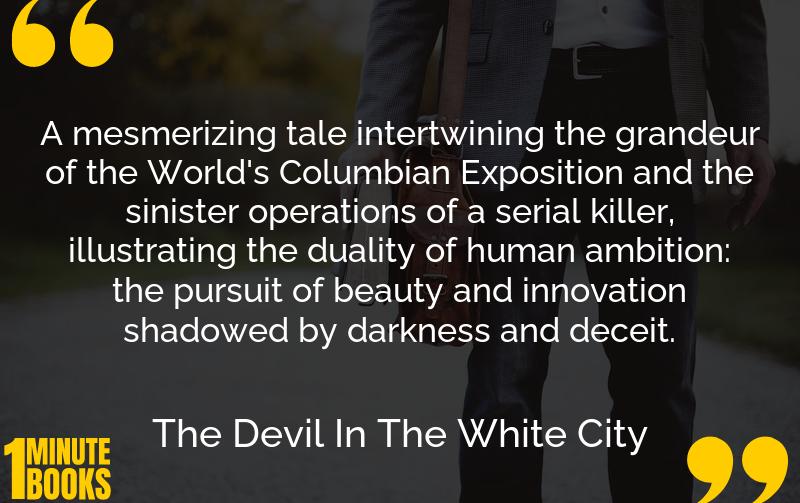
The book intertwines the stories of Daniel Burnham, the architect behind the 1893 Chicago World’s Fair, and H.H. Holmes, a notorious serial killer exploiting the city during the event.
Main Lessons
- Explores the ambition and challenges of constructing the 1893 Chicago World’s Fair.
- Highlights the determination of Daniel Burnham to make the fair an iconic event.
- Examines H.H. Holmes’s cunning exploitation of the influx of visitors to the city.
- Dissects the duality of human progress and darker human impulses.
- Reflects on how monumental events can coincide with unnoticed atrocities.
- Questions the nature of evil through Holmes’s chilling actions.
- Showcases historical figures such as Helen Keller and Frank Lloyd Wright at the fair.
- Conveys the immense pressure and stress on those involved in the fair’s creation.
- Discusses cultural significance and technological advancements displayed at the fair.
- Addresses the clash of vision between different stakeholders of the fair.
- Suggests the fair’s influence on modern urban planning and architecture.
- Emphasizes the need for historical accuracy versus narrative excitement.
- Offers insights into America’s desire to assert its presence on the world stage.
- Analyzes the public’s fascination with crime and notorious figures.


